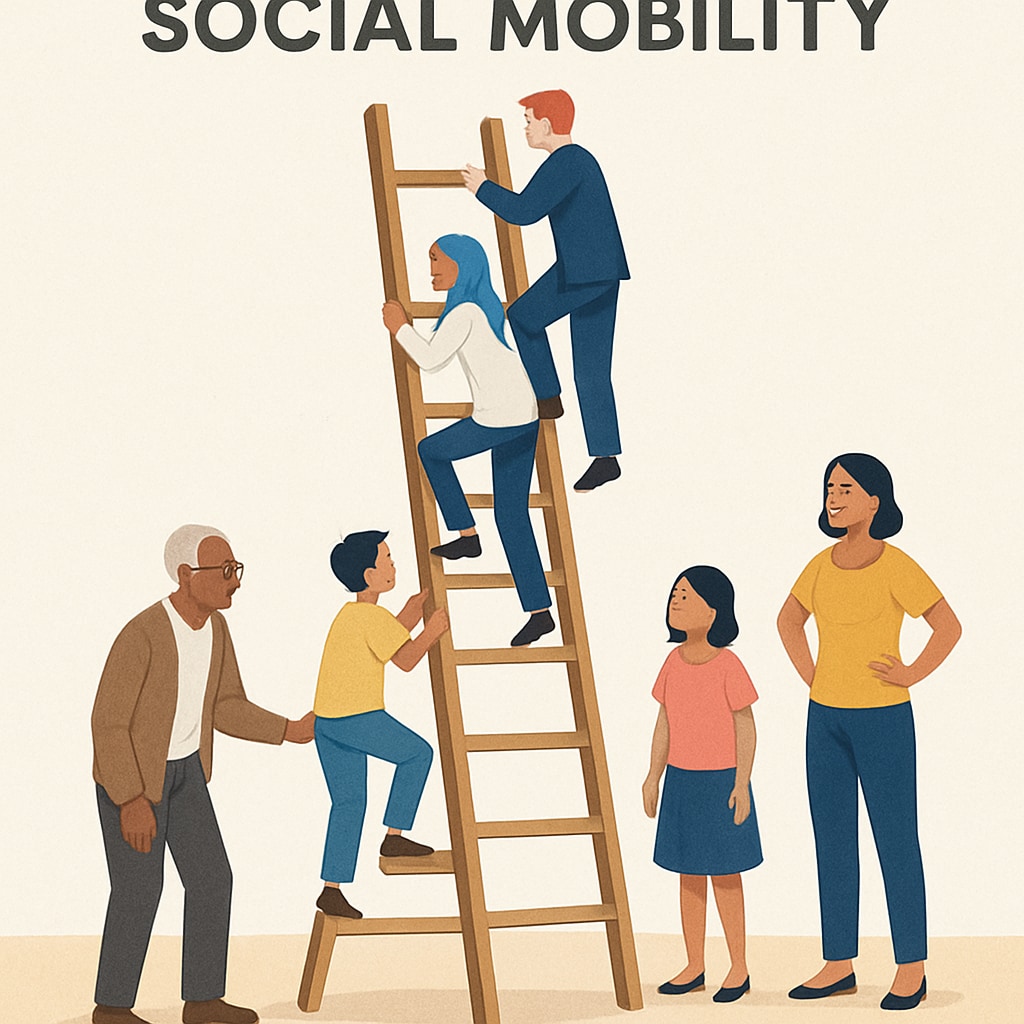In K12 education, the portrayal of class systems as rigid and unchanging can inadvertently shape students’ understanding of societal dynamics in a limiting way. Such oversimplified narratives, often found in social studies textbooks, may hinder students from grasping the complexities of social mobility and class fluidity. As educators and curriculum developers, it is crucial to address these challenges and foster a more nuanced understanding of class structures to better prepare students for the realities of modern society.
Why Simplistic Views of Class Systems are Problematic
When class systems are presented as static and immutable, students may develop a deterministic view of their own opportunities and societal roles. This perspective can discourage aspirations and critical engagement with social structures. For example, research suggests that young learners exposed to rigid descriptions of class hierarchies are less likely to believe in upward mobility, which is a foundational concept for many democratic societies (Social mobility on Wikipedia). While it is true that structural barriers exist, the notion of social mobility should be balanced with discussions on systemic inequalities and personal agency.

Teaching Social Mobility: Balancing Realism and Optimism
To effectively teach social mobility, educators must strike a balance between realism and optimism. Overemphasizing the challenges of social mobility can lead to fatalism, while ignoring systemic barriers may foster unrealistic expectations. Instead, educators can explore case studies, historical examples, and sociological theories that demonstrate both the constraints and possibilities within class systems. Engaging students in discussions about historical figures who defied societal norms or communities that achieved collective success can inspire a more nuanced perspective.
Moreover, incorporating critical thinking exercises into the curriculum can help students analyze class systems beyond the surface level. For instance, educators might use tools like debate sessions or role-playing scenarios to encourage students to explore the dynamics of power, privilege, and inequality. Such activities not only deepen understanding but also empower students to question and challenge societal norms.

Practical Steps for Curriculum Improvement
To address the challenges of teaching class systems in an effective and equitable way, schools and educators can adopt several strategies:
- Update Textbooks: Ensure that social studies textbooks provide balanced perspectives, including both the limitations and opportunities within class systems.
- Diverse Case Studies: Include examples from various cultures and time periods to highlight how class structures evolve and interact with societal factors.
- Interactive Teaching Methods: Use discussions, debates, and project-based learning to engage students with the material actively.
- Professional Development: Train educators on how to present complex sociological concepts in age-appropriate ways.
By implementing these steps, educators can create a more inclusive and comprehensive curriculum that promotes critical thinking and equips students with the knowledge to navigate and challenge societal structures effectively.
Conclusion: Moving Beyond Simplistic Narratives
In conclusion, addressing the oversimplified portrayal of class systems in K12 social studies is essential for fostering a generation of critical thinkers who understand the complexities of societal dynamics. By incorporating balanced narratives, interactive teaching methods, and diverse perspectives, educators can empower students to see beyond rigid class structures and embrace the possibilities of social mobility. As a result, children will not only develop a deeper understanding of society but also gain the tools to envision and work toward a more equitable future.
For more insights into social mobility and class systems, visit Social class on Britannica.


